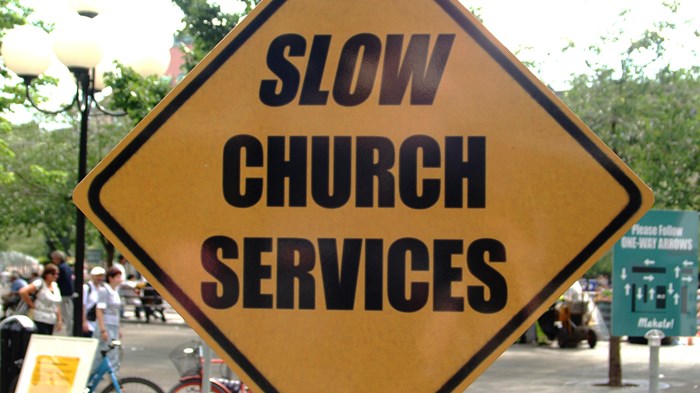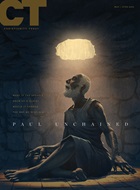
Small churches are friendlier, while large churches have better publicity and higher sermon quality, according to the results of a church marketing project that uses unchurched mystery guests to rate church programs and atmospheres.
Local community members who don't usually attend church visited more than 4,000 churches over six years and rated them on 16 categories, from community awareness, greetings, and music to diversity and youth ministry programs. Faith Perceptions, which has more than 13,000 mystery guests in all 50 states, spearheaded the study and paid community members $45 to participate.
They found that churches with fewer than 80 people in attendance often don't do well with children's ministries or having information available (think updated website). But they lead the pack in greeting guests upon arrival, the pre- and post-service atmosphere and friendliness.
Megachurches, which are often aimed at the unchurched, fared best. Churches with 1,000 members or more ranked top in 10 of the categories, including raising awareness of the church in the community, seating arrangements, message delivery and the pastor's public speaking skills.
Microchurches (those with less than 80 in attendance) topped four categories (noted above), and mid-sized congregations rated best for the in-service greeting (81 to 150 attenders), the effectiveness of church signage (151 to 300 in attendance), and children's ministries (Churches with 501 to 1000 attendees tied megachurches in this category).
All church sizes scored "very poor" — 5 to 6 out of 10 — in diversity and outreach, explained by Faith Perceptions as "how diverse the church is and how it connects with its community with respect to age, socioeconomic status, gender, and various ethnicities that live in the area." Except for megachurches, churches also scored poorly on raising community awareness about themselves and the likelihood that mystery guests would return based on their first impression. Churches with fewer than 500 members scored poorly on children's and youth programs.
All church sizes scored well on welcoming guests upon their arrival, though the smaller the church, the better the greeting. The same held true for pre- and post-service atmosphere and friendliness: the smaller the church, the more welcoming the atmosphere.
Churches also scored well on seating arrangements, though approval typically grew with church size. The overall music and the public speaking skills of the service leader also generally scored better the larger the church, as did children's programming and the likelihood that a guest would return for a second visit.
CT often covers megachurches, including the Supreme Court's decision to maintain the ban on megachurch graduations, the financial health of megachurches in 2013, and which four states still don't have a megachurch. CT also editorialized on how megachurches hold up a mirror to American churches.
[Image courtesy of *Kicki* - Flickr]

Support Our Work
Subscribe to CT for less than $4.25/month


















